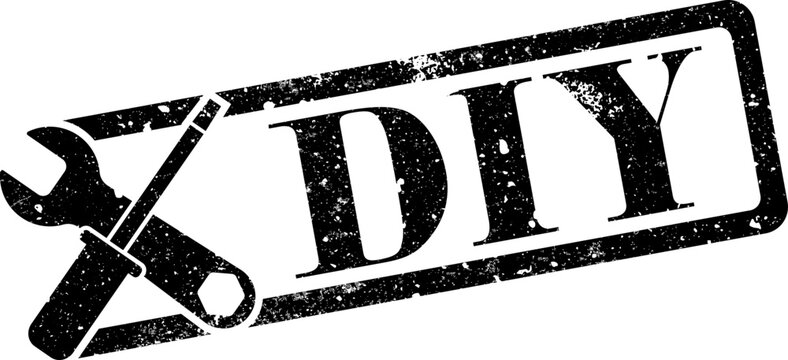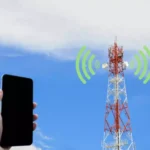
You just finished setting up your home office. You live in a remote area and cell service is a problem. Your cellphone is an essential communication tool for your business and personal life but can also be crucial to your safety in an emergency. If this is something you’re considering doing yourself, where do you start?
How do I Choose a Signal Booster?
The first step is choosing the right signal booster system for you.
This is a more involved process than one may initially think. Are you trying to boost only your carrier like AT&T, T-Mobile, Verizon, etc., or do you want to boost all carriers? Think long term – what if you change carriers or have family and friends over? There are certain boosters with pros and cons for both. A single-carrier booster will have more power and a multi-carrier booster will include more carriers.
A booster will have different power rating as well. You may see a booster that can support 4,000 sqft and others with 15,000 square feet. These numbers are VERY misleading as these maximum numbers are considering ideal conditions and best case scenarios. Make sure you have get a booster with at least 4 times more than the square foot rating. We know thats seems drastic but trust us when we say that the investment is worth it
Pick a Quality Brand
So which brands should you consider? Many will recognize brands such as Wilson and SureCall but there are others that you might consider as well. Wilson and SureCall make great products which are quality and last a very long time but can be a bit expensive. Brands like HiBoost and Uniden are also quality amps that wont break the bank but may not have as much support. Nextivity is a pricier brand but excels at the amount of power the amp can produce and has apps that can give you much more control.
Many brands will do a pretty good job with giving you a good amplifier but tend to skimp on quality antennas or cable. You may have the perfect setup and installed you booster flawlessly but do you know that the connectors on each end are quality? Or if the outside antenna will stand up the elements?
Engineering
So with any technology theres going to be a little knowhow involved. You’ll need to know a little about the signal in your area and where its coming from. Cellular signal comes from towers that are located in various areas all around the country. You will need to find the location of a tower that serves your area and understand how the land affects your signal; hills, valleys, etc. The layout of your home will also determine which antennas you’ll need. For the interior you might need a dome or panel which have different broadcast patterns. An exterior is needed as well such as a omni – multi-directional antenna or yagi – single directional. You can always start off small by covering one area then adding more as you see fit. Just knoiw, however, that the more you add, the more power you might need so picking the amp with the proper amount of power is important.
Installation
So heres the meat and potatoes. Installing the system may seem simple on paper, and in many cases it is, but if done incorrectly you may see little to no difference in your signal strength if not installed or tuned correctly. Here are a few things to do to make sure of or troubleshoot if you have issues:
Improper placement of both interior and exterior antennas is a common mistake we see in DIY installations. Amplifiers need to both receive and broadcast signal but what if a receiving antenna catches some of the broadcasted signal? Thats whats called oscillation. It’s essentially a signal loop that causes the amplifier to decrease it’s signal or shut down completely. The best fix is to create separation between the inside and outside antennas by adding distance or some sort of barrier to isolate them
As far as the cabling goes, keeping their distances is key and having excess cable at any part of the system will kill signal the longer the cables are. What if the signal outside is too strong? Ever heard of a faraday cage? If your home is this way where signal is very strong outside but very weak inside, you may need to consider is attenuating or weakening the booster. Some boosters self-attenuate to adjust themselves to maximize signal output while others may need to be manually adjusted. This can be a frustrating process if you are not familiar with booster attenuation and do not have the proper equipment to test it while adjusting.
How CellTeks can Help
CellTeks has experienced, certified, and trained technicians that have the knowledge and tools to do the installation right. We take the proper readings to determine which system best suits your needs and budget. During the installation process we will check the system and make adjustments as needed to give you the best signal possible for your location. Without the knowledge and equipment an installation could take days or even weeks before the right signal boost is achieved if achieved at all. Another benefit of our professional installation is we also offer our 360° Protection Plan. This plan covers a vast majority of issues you may experience throughout the life of your system and offers you a discount on future upgrades.
In the end, a signal booster system is a big investment. Proper installation by an experienced team like CellTeks will save time, money, and headaches. Let us help you find the right booster, the right equipment, and the right installation all with guaranteed service. Ask about all this and more by visiting our Contact Us page here to get an on-site demonstration of better service today!





